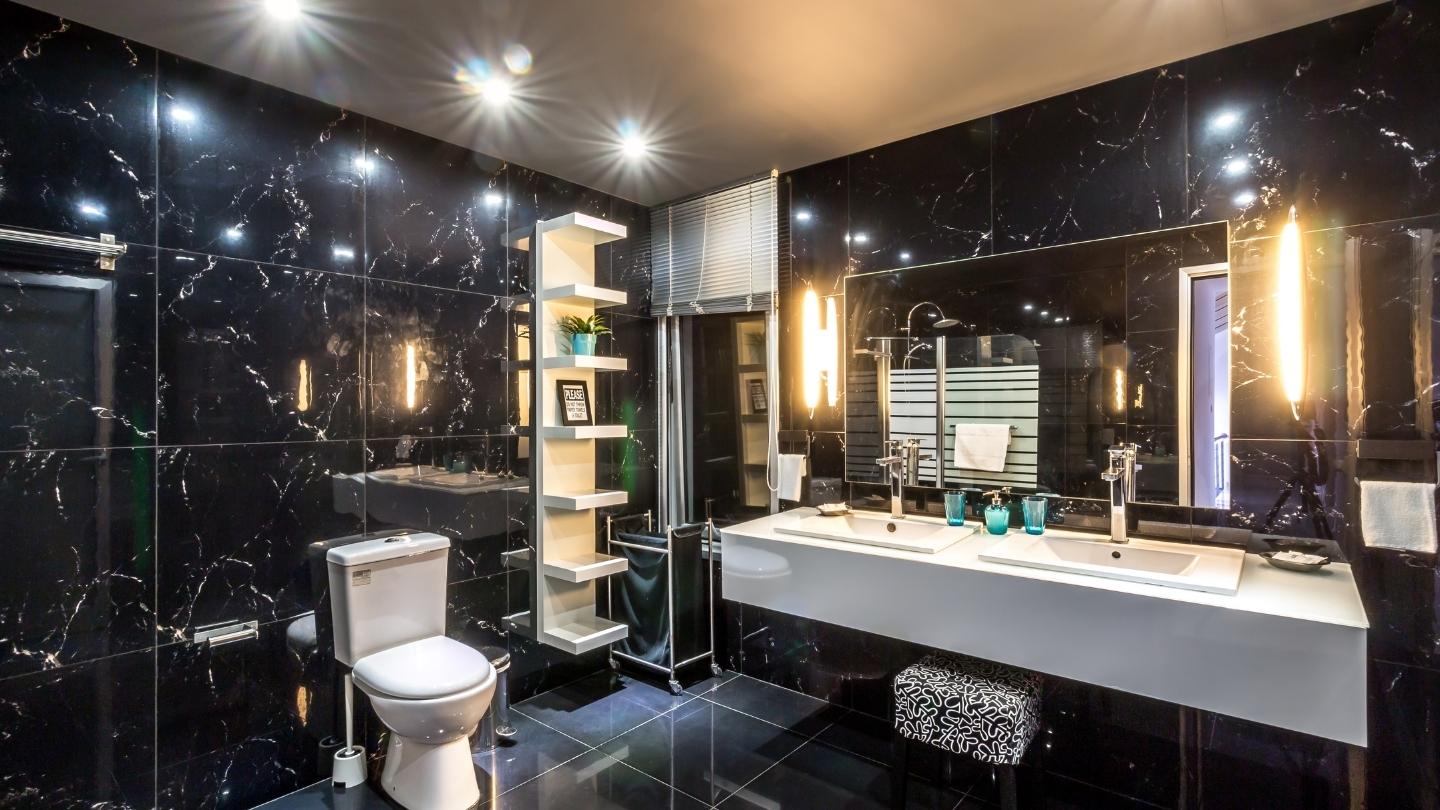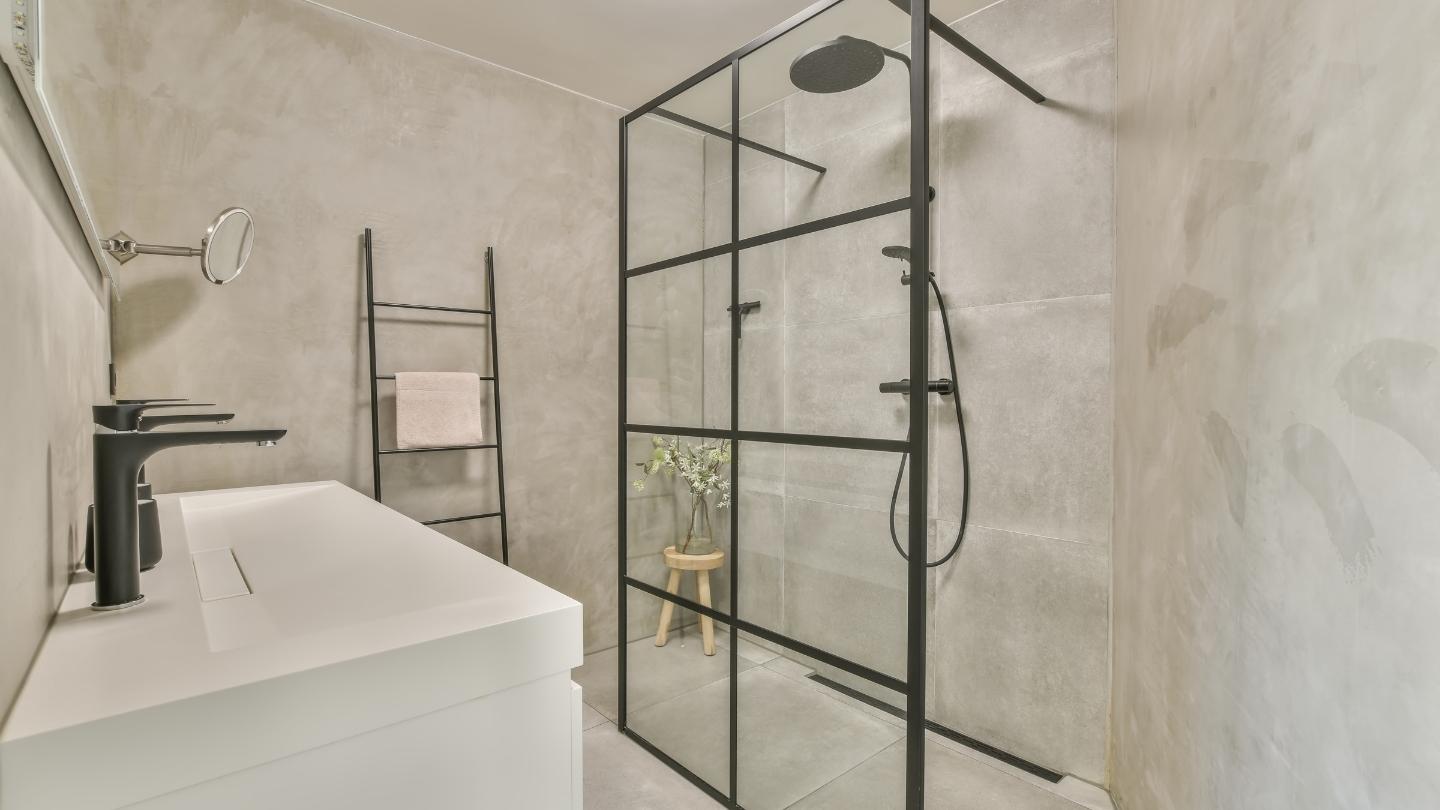8 Tips on How to Make an Accessible Bathroom

Creating an accessible bathroom ensures safety and convenience for individuals with diverse mobility needs. In Vancouver, BC, crafting a space that caters to accessibility requires thoughtful planning and design considerations. From implementing grab bars to choosing non-slip flooring, every detail is crucial in fostering inclusivity and independence within the bathroom environment. This comprehensive guide presents eight expert tips on making an accessible bathroom, providing practical insights to transform your space into an accommodating and user-friendly area for everyone.
Clear Pathways and Make Adequate Space
Maximizing Floor Space
In an accessible bathroom, ample floor space is a foundational aspect. It’s recommended to allow a clear circle of at least 60 inches in diameter, ensuring a wheelchair can make a complete turn. This unrestricted area allows users to navigate freely, promoting independence and ease of movement. Additionally, ensuring unobstructed pathways enables users to access different bathroom features easily.
Clearance Space and Accessibility
Creating sufficient clearance space to accommodate a wheelchair and around fixtures like the toilet, sink, and shower. The clearance area allows wheelchair users or individuals with mobility aids to navigate comfortably and easily perform necessary tasks. According to ADA guidelines, a clear floor space of at least 30×48 inches alongside fixtures is essential for maneuverability, ensuring accessibility and compliance with accessibility standards.
Choose Non-Slip Flooring Options
Benefits of Non-Slip Flooring
Selecting non-slip flooring materials is pivotal in ensuring safety within an accessible bathroom. Textured tiles, slip-resistant vinyl, or non-skid surfaces offer increased traction, significantly reducing the risk of slips or falls in handicap-accessible bathrooms. Such flooring options provide a secure base, especially in areas prone to moisture, ensuring stability and preventing accidents, thereby fostering a safer environment for individuals with limited mobility.
Maintaining a Safe Environment
Installing non-slip flooring contributes significantly to creating a safe environment in the bathroom. This is particularly beneficial for individuals with balance issues or those who use mobility aids. Implementing these flooring options minimizes the possibility of accidents and instills confidence in users, enabling them to move freely and comfortably without fear of slipping.
Install Grab Bars
Placement and Functionality of Grab Bars
Strategically placing grab bars near crucial areas like the the toilet seat, shower, and bathtub is essential for ensuring stability and support. Properly positioned grab bars provide users with leverage, aiding in movements like sitting, standing, or transitioning from one surface to another. Installing grab bars at varying heights in sturdy locations ensures maximum functionality and support for users with varying needs.
Importance of Sturdy Support
Well-mounted and sturdy grab bars offer essential support, especially for individuals with mobility challenges. These bars are reliable aids for maintaining balance and stability, which is crucial during movements within the bathroom. Ensuring the durability and strength of these support features is vital to providing users with confidence and independence while using the bathroom.
Consider Tub Cut Outs
Accessibility Enhancement with Tub Cutouts
For individuals with mobility limitations, tub cutouts offer a practical solution to accessing the bathtub easily. These modifications involve creating an opening in the tub’s side, allowing individuals to step in without navigating over a high tub wall. Tub cutouts are particularly beneficial for those with limited leg mobility or difficulty lifting their legs, ensuring a safer and more accessible bathing experience.
Adhering to ADA Guidelines
Implementing tub cutouts aligns with the guidelines set by the Americans with Disabilities Act (ADA) concerning bathroom accessibility improvements in bathroom design. These modifications cater to a broader range of users, promoting inclusivity and ensuring that individuals with mobility challenges can access bathing facilities independently.
Install Accessible Sink and Countertop
Designing an Accessible Sink
An accessible sink, such as a wall-hung or pedestal sink, allows for seated access. This design ensures that wheelchair users or individuals with mobility challenges can comfortably approach the sink area. Optimal placement and height of the sink facilitate ease of use, promoting a more inclusive environment in the bathroom.
Ergonomic Considerations
Optimizing the shower layout by incorporating shower dividers or walls, utilizing opaque or frosted glass, or installing curtains allows multiple users to walk in shower and utilize the space simultaneously without compromising privacy.
Choose ADA-Compliant Faucets
Accessible Faucet Controls
Selecting ADA-compliant faucets with accessible controls, such as lever handles or motion sensors, ensures easier operation for individuals with limited dexterity. These faucets are designed to meet ADA guidelines, making them more user-friendly and accessible to a wider range of individuals with diverse needs.
Promoting Independence and Ease
Adhering to ADA guidelines for faucet design plays a crucial role in promoting independence and accessibility within the bathroom. Accessible faucets enable users to control water flow and temperature more comfortably, facilitating a more convenient and inclusive bathroom experience for everyone.

Ensure Wide Shower Entry and Roll-In Shower
Accessibility with Wide Shower Entry
Creating a wide shower entry without a threshold or minimal threshold ensures easy access for wheelchair users or individuals with limited mobility. This modification allows unobstructed entry and exit, eliminating barriers and facilitating seamless movement into the shower area.
Convenience of Roll-In Showers
Installing a roll-in shower offers optimal accessibility, especially for wheelchair users. These showers feature a level entry and ample space, allowing individuals to roll their mobility devices directly into the shower area, promoting independence and convenience.
Implement Wall-Mounted Features and Pocket Doors
Space Optimization with Wall-Mounted Features
Utilizing wall-mounted features such as cabinets, vanities, and storage units optimizes floor space, making the bathroom more accessible. These installations create more room for maneuverability, particularly for individuals using wheelchairs or mobility aids.
Accessibility Enhancement with Pocket Doors
Pocket doors slide into the wall, creating a wide and unobstructed entryway when opened. This design maximizes space utilization and ensures unhindered access for individuals with limited mobility, eliminating door swing barriers.
Empower Your Bathroom Accessibility with Skilled Home Renovations
In Vancouver, BC, where the demand for accessible living spaces is growing, the importance of an accessible bathroom cannot be overstated. The eight comprehensive tips provided, ranging from wider shower entries to ADA-compliant fixtures, are instrumental in enhancing the accessibility and usability of your bathroom space.
Crafting an accessible bathroom is not merely a practical necessity but a step towards fostering inclusivity and dignity for individuals with diverse mobility needs. Skilled Home Renovations understands the significance of creating functional, accessible spaces accommodating everyone’s requirements.
By implementing these expert tips, you can transform your bathroom into a safer, more inclusive environment that promotes independence and convenience. Contact us at 604-757-1960 for a free estimate. Let’s collaborate to empower your bathroom with accessibility and elevate the quality of living for you and your loved ones.

